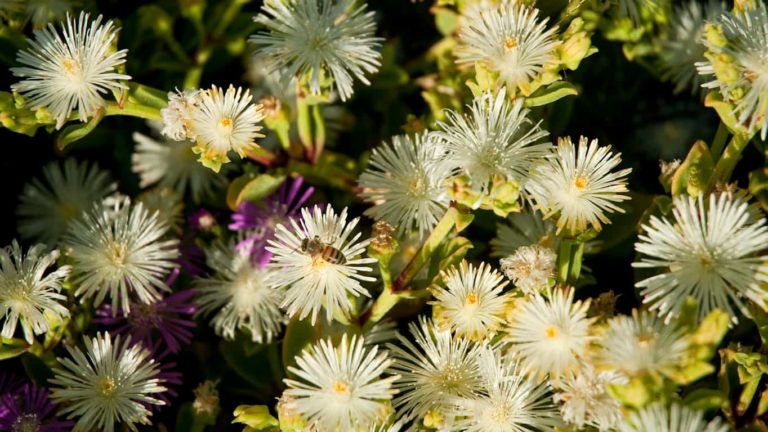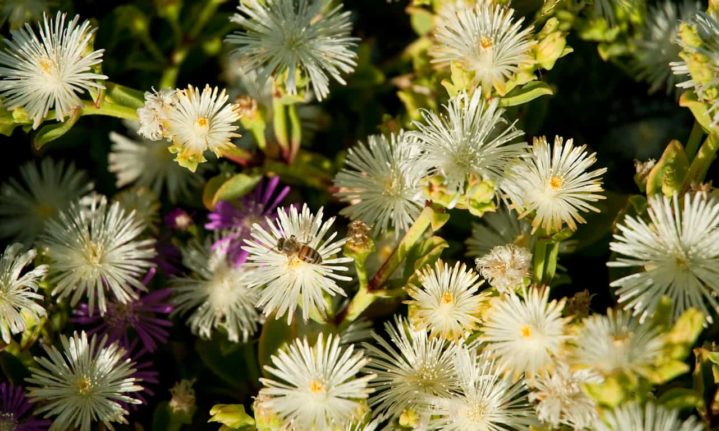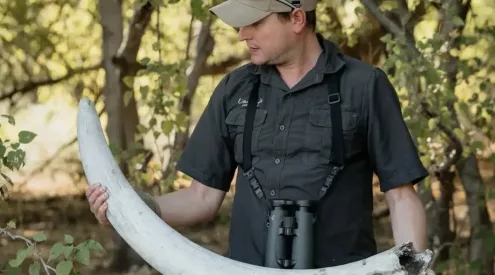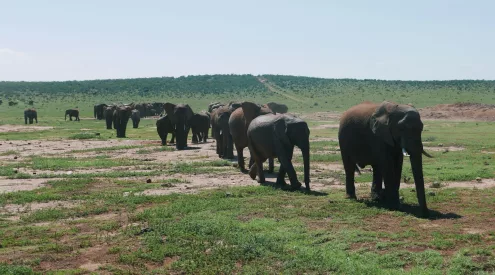It’s not only humans that can help with conservation, bees have also been playing their part to protect the environment and allow it space to grow.
These little workers play a vital role in protecting certain tree species from being torn down completely by hungry animals, such as elephants.
Much like humans don’t like the idea of being stung by bees, many animals feel the same way. As a result, they avoid tress where an active beehive is present. This ultimately means the bees are the first line of defence for the tree.

Image: Supplied
It might seem absurd that animals like elephants are concerned about a bee sting to their thick hide, but it’s the more sensitive parts of the body they are worried about. if a bee stings an elephant on their tongue or eye, that could really hurt.
The idea that bees can act as a defence line has also been used to protect humans.
In Kenya, this natural security force were used by Dr Lucy King who built a 400m beehive fence in Gazini to protect the community from elephant invasions.
Now Samara Private Game Reserve are going to enlist these stripy soldiers to protect the reserve’s iconic tree species. Beehives will be planted at Wolwekloof, where they protect two beautiful witgat (Boscia Oleiodes) trees. One of the trees designated for a beehive is estimated to be around 800 years old.
In addition to helping conserve the trees, placing these beehives hope to grow the bee population, which is in decline worldwide.
Samara expect swarms to number between 33 000 and 40 000 bees in each swarm. When they get too big, a fight between the old queen and a new one will result in a split off and the beginning of a new hive, thus spreading the bees around the reserve.
Image: Unsplash




















